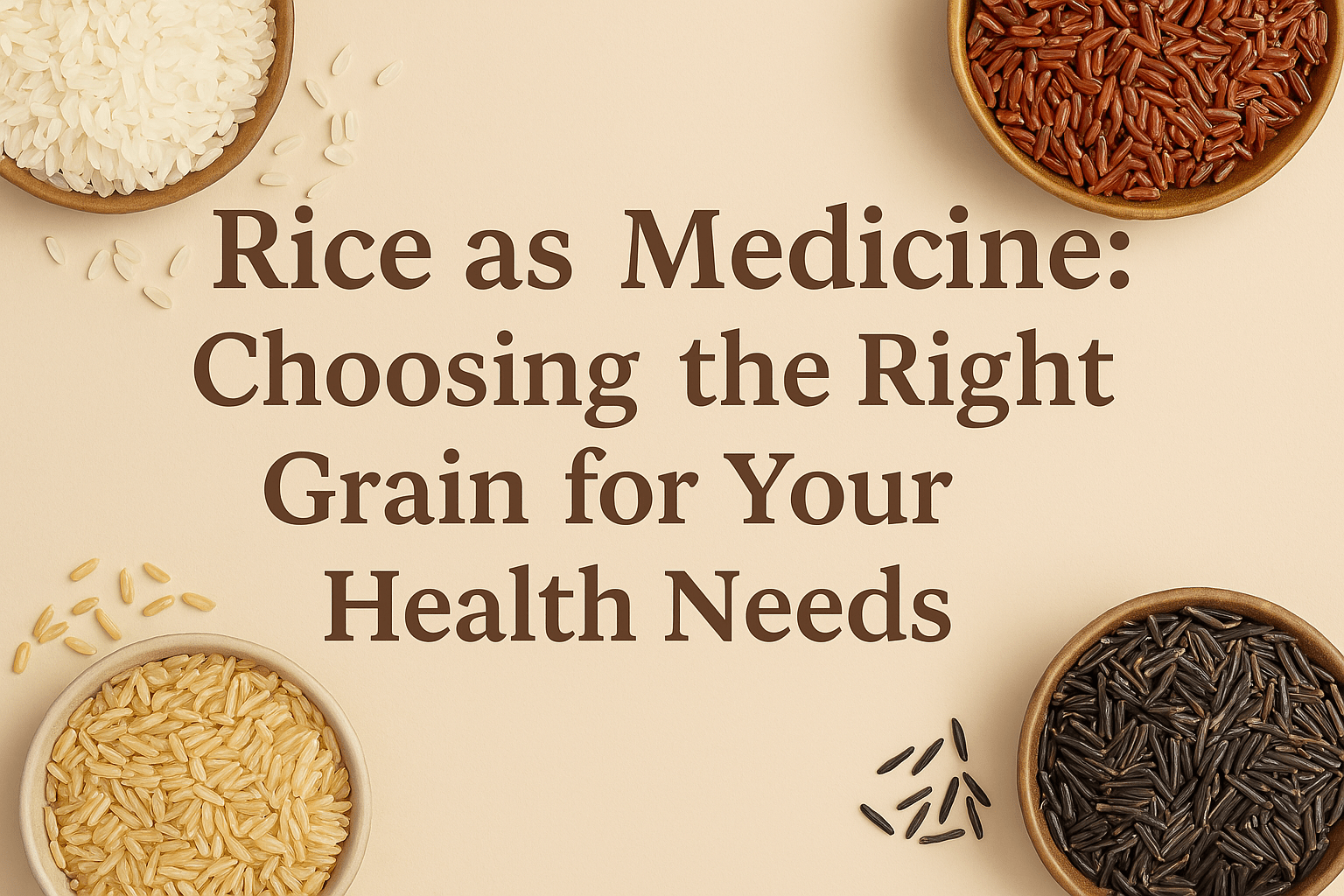Herbs can be used in anything. The kitchen isn’t complete without herbs, they carry distinct flavours to dishes, apart from a few herbs that are used for antiseptic purposes and to lower blood pressure. It is important to grow some medicinal herbs like tulsi, sage, and other herbs as well. Here is a list of some useful herbs to grow in your home backyard.
- Tulsi:
Tulsi is an auspicious plant that is also known for its medicinal properties. A widely used herb in Indian cuisine that can be found in almost any garden is also known as Holy basil. Some of the medicinal benefits include aiding in blood sugar control due to its anti-bacterial and antioxidant properties and treating mental health issues and depression. Tulsi is a summer plant and requires it to be grown in sunny locations.

2. Turmeric: Turmeric is also called the Golden Spice. It is India’s most anti-inflammatory herb, which has numerous medicinal and biological properties. Turmeric can increase the antioxidant capacity in the body, and it increases the enzymes and protects your body from free radicals. Turmeric is an excellent healing agent for skin diseases, digestive problems, arthritis, pains, and wounds.

3. Cinnamon- Cinnamon is a metabolism powerhouse. It increases metabolism, lowers cholesterol, and is good for people suffering from Type-2 diabetes. It is important to understand that cinnamon trees are native to tropical regions, and they grow wonderfully as outdoor plants. It takes utmost patience and care to grow cinnamon trees as they have a slow moderate growth rate.

4. Sage: Sage, a member of the mint family, has numerous health benefits. It can be used to improve memory as well as other mental functions. It also improves oral health and lowers bad cholesterol and blood sugar levels. Sage can be grown from stem cuttings and young plants from a garden centre. It takes at least three weeks for the seeds to sprout.

5. Parsley: Parsley is a green leafy herb and is used as a garnish in food. Parsley is rich in antioxidants, minerals, and vitamins like A, C, and K. It prevents blood clotting and increases bone mineral density, and also lowers blood sugar levels in the body. Growing parsley takes quite some time as it is a slow-growing plant.

6. Rosemary: Rosemary is a fragrant and potent mint family herb. Rosemary herb has numerous skin benefits and is high in vitamins A, B, C, and D, as well as calcium and iron. It boosts the immune system and improves blood circulation. Rosemary can be grown directly in pots, in the ground, or raised garden beds from stem cuttings at home.

7. Lemon Grass: Lemon Grass is widely used in tea, soups, and seafood. All you have to do is place the lemon grass stalks in a jar in a sunny spot to grow. Lemongrass helps in preventing the growth of some bacteria and yeast. It also helps to relieve pain, swelling, and fever and also improves levels of sugar in the blood.

8. Aloe Vera: Aloe Vera is one of the most common plants found in every garden that helps treat burns and soothes dry skin. It has many healthy plant compounds and has antioxidant and anti-bacterial properties, which accelerate wound healing, reduce dental plaque, improves skin, and prevent wrinkles.

9. Oregano: Oregano is a medicinal herb and is widely used in pizza, pasta, and salad. It works wonderfully on respiratory and urinary disorders and treats skin problems like acne and dandruff. Oregano contains anti-microbial and anti-inflammatory properties which relieve pain and improves gut health. This plant loves the sun, so ensure that it is grown under direct sunlight.

10. Cumin- Cumin also called Zeera, is a dried herb with antioxidant, anti-fungal, and anti-bacterial properties. Cumin helps in keeping your skin tight and moist for young and healthy skin. It also helps in proper digestion, and diabetes and improves blood cholesterol. This plant requires long care, and the seeds take four weeks to sprout.

Conclusion: These are a few herbs to grow in your home. Growing herbs can also be a cost-saving measure as you can add these herbs to your dishes to keep you and your family healthy. Most of the herbs need to be watered once or twice a day and make sure that they get good sunlight.


























